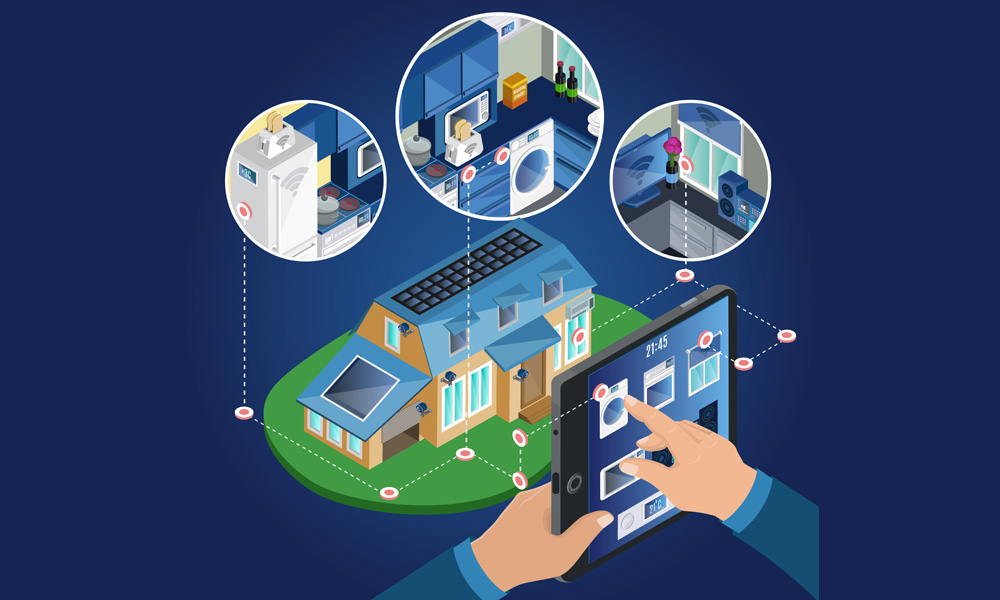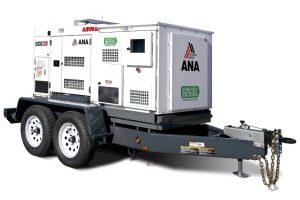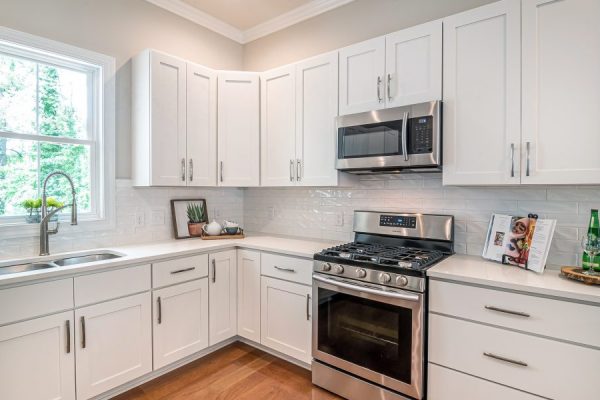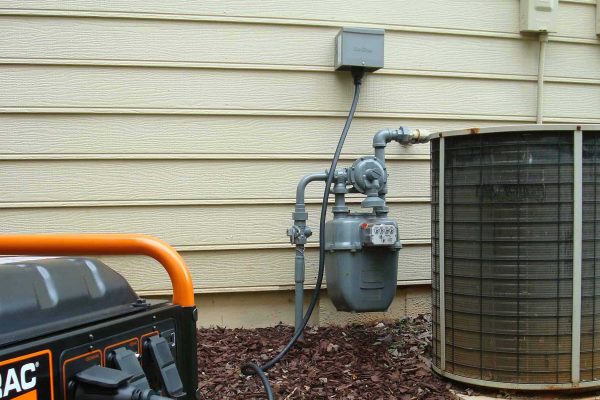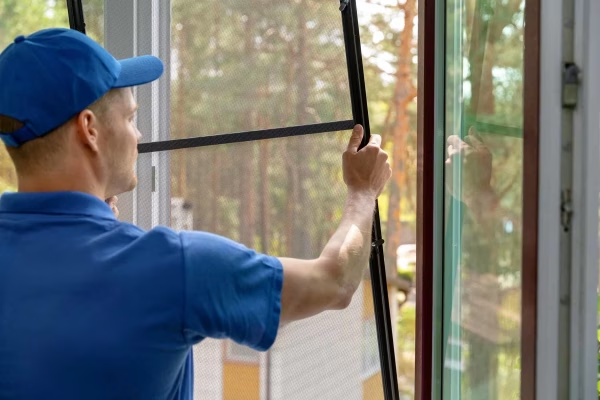Smart building solutions draw profound inspiration from nature’s most remarkable architects—creatures that have perfected sustainable design over millions of years of evolution. As I’ve observed throughout my decades studying social insects, the humble termite mound and the intricate ant colony offer sophisticated models of ventilation, temperature regulation, and resource management that our most advanced buildings are only beginning to emulate. These natural structures achieve remarkable efficiency without blueprints, engineers, or digital technology—yet they solve many of the same challenges that plague our modern built environment.
The Ancient Wisdom in Biological Architecture
When examining a termite cathedral mound in the African savanna, one cannot help but marvel at its ingenious design. Rising several metres from the ground, these structures maintain stable internal temperatures despite external fluctuations of up to 40°C. The termites accomplish this feat through elegant passive ventilation systems—a network of tunnels and chambers that creates convection currents as outside temperatures shift.
“In Singapore’s tropical climate, smart building services increasingly incorporate principles of biomimicry, drawing direct inspiration from these natural cooling strategies,” explains a Singapore-based architectural biologist. “The intelligence embedded in termite mound design has evolved over 50 million years—a timescale that dwarfs human architectural experimentation.”
What we call “smart” in our buildings often represents a rediscovery of principles that nature perfected long before our species appeared on Earth.
Collective Intelligence: The Superorganism Model
The most fascinating aspect of ant and termite colonies is perhaps their emergent intelligence—a property that arises not from centralised control but through the collective interaction of thousands or millions of individuals following simple rules.
Modern smart building services operate on remarkably similar principles:
Distributed sensing networks:
Like the countless worker ants that continuously sample their environment, sensor arrays throughout intelligent buildings collect data on temperature, humidity, air quality, and occupancy.
Decentralised decision-making:
Advanced building management systems can make localised adjustments without requiring centralised commands, similar to how ant colonies operate without hierarchical control.
Adaptive response:
Smart buildings learn from usage patterns and environmental changes, gradually optimising operations just as insect colonies adapt to seasonal variations.
Redundancy and resilience:
Both natural and artificial systems incorporate redundant pathways that ensure functionality even when individual components fail.

The Metabolism of Intelligent Structures
Buildings, like living organisms, consume resources and produce waste. The most efficient biological systems have evolved sophisticated methods for managing this metabolism, creating circular economies where outputs become inputs for other processes.
Resource Circulation and Management
In the leafcutter ant colonies I’ve studied throughout the Americas, nothing goes to waste. The ants harvest vegetation not for direct consumption but to cultivate fungal gardens that convert plant matter into digestible nutrients. The waste products from these gardens then support different microbial communities that detoxify the colony’s refuse.
“Singapore has emerged as a leader in integrating circular principles into smart buildings,” notes a Singapore environmental engineer. “From greywater recycling systems to energy recovery ventilation, we’re seeing buildings that process and reuse resources rather than simply consuming and discarding them.”
Today’s most advanced smart building solutions incorporate similar principles of resource circulation:
Energy harvesting and storage:
Capturing solar radiation, wind, and even vibrational energy from occupant movement
Water reclamation:
Processing and redeploying water multiple times for different purposes based on quality requirements
Air purification and recirculation:
Using biofiltration and mechanical systems to maintain air quality while conserving energy
Waste heat recovery:
Capturing thermal energy from equipment and processes to offset heating demands elsewhere
The Social Life of Buildings
Perhaps the most intriguing parallel between social insect colonies and smart buildings lies in their fundamentally social nature. Both exist to serve communities of inhabitants, creating environments that enable collective activities while meeting individual needs.
Sensing and Responding to Occupants
The most advanced smart building services now incorporate sophisticated occupant detection and response systems. These technologies enable buildings to recognise individual preferences, anticipated needs, and usage patterns—creating environments that adapt to their inhabitants rather than forcing inhabitants to adapt to static conditions.
This dynamic relationship between building and occupant mirrors the continuous communication found in insect societies, where chemical signals, tactile interactions, and vibrational cues create a constant feedback loop that regulates collective behaviour.
The Evolutionary Path Forward
If we examine the trajectory of building technology through an evolutionary lens, we can identify clear selective pressures driving development: energy efficiency, occupant comfort, operational resilience, and environmental sustainability. These pressures increasingly favour intelligent, adaptive systems over static, resource-intensive designs.
Coevolution of Technology and Behaviour
As buildings become more intelligent, we observe a fascinating coevolutionary process between technology and human behaviour. Smart building solutions not only adapt to human activities but also subtly influence them—nudging occupants toward more efficient and sustainable patterns of space utilisation.
This mirrors the coevolutionary relationships I’ve observed throughout the natural world, where species adapt to one another over time, creating ever more intricate and interdependent systems.
The Biophilic Dimension
The most successful smart buildings incorporate not just technological systems but biophilic elements that satisfy our innate affinity for connection with nature. Research consistently demonstrates that exposure to natural elements—vegetation, natural light, organic patterns—improves cognitive function, reduces stress, and enhances wellbeing.
As we continue advancing technologically, the most profound smart building solutions will not separate us from the natural world but reintegrate us with it—creating hybrid environments that combine technological sophistication with biological wisdom accumulated over billions of years of evolution.
In contemplating the future of our built environment, we would be wise to maintain the humility of true scientists—recognising that our most innovative smart building services often recapitulate principles that nature discovered eons before us.


